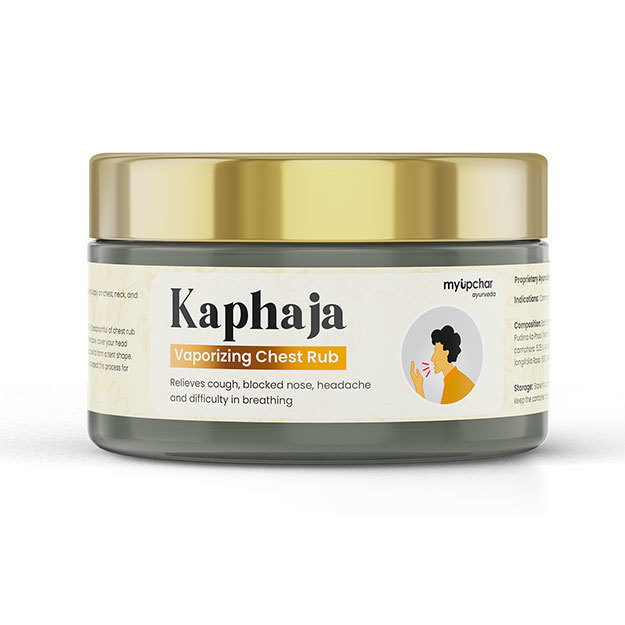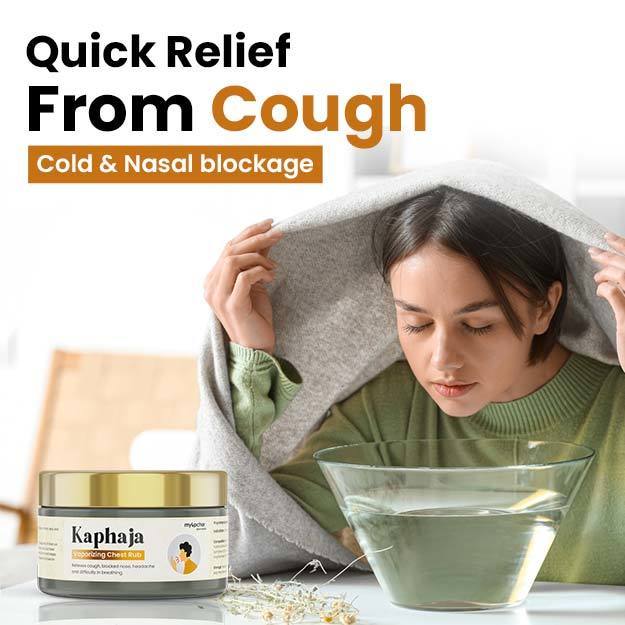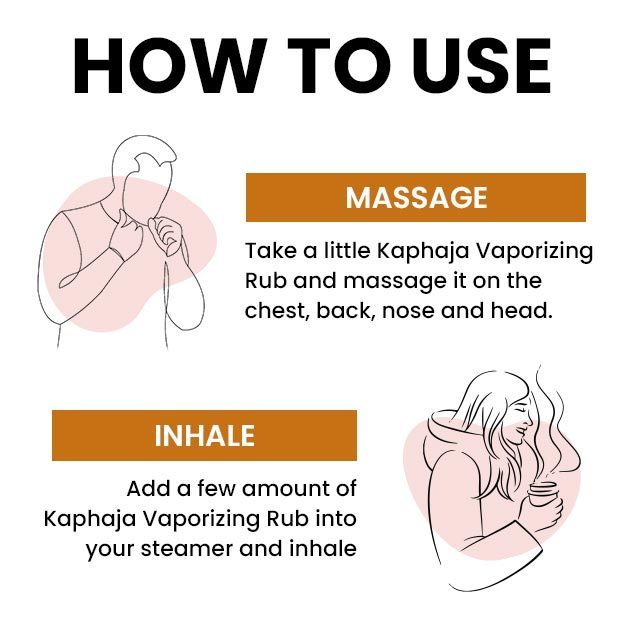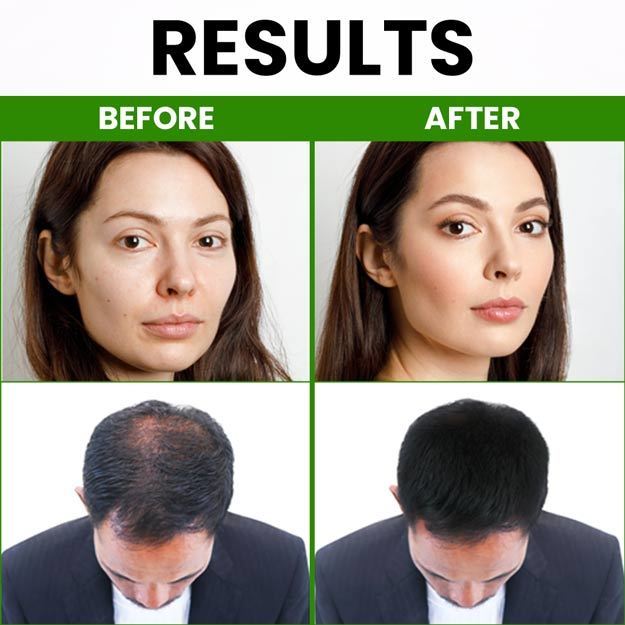Headaches associated with migraines are quite powerful. They tend to occur with light sensitivity (photophobia) or nausea and vomiting and can last a long time. Another kind of headache, known as cluster headache, sometimes mimics the symptoms of a migraine.
A big difference between the two is that cluster headaches, also known as histamine headaches, are cyclical in nature and can occur many times during the course of a day.
Despite this difference, cluster headaches are often confused with migraines. Indeed cluster headaches are often misdiagnosed—as migraine headache, sinus-induced headache or tension headache, the last being the most common form of a headache with a global prevalence of about 40%. Compared to that cluster headaches are a rare form and affect only about 0.1% of the population, according to studies.
Cluster headaches occur in a certain pattern that can be cyclical in nature or appear only in some periods but can be extremely painful. The intense, sharp pain on one side of the head or around one eye can wake you up from sleep and can last up to weeks or months in clusters (hence the name). The attacks can be months apart, or a series of headaches can affect you over a period of several weeks, and then you may have periods of no headaches at all.
It is, however, known from research that cluster headaches are not life-threatening and are rare, and can be treated to make them less severe and last for a lot less time. With proper treatment, even the number of cluster headaches can be brought down.

 Doctors for Cluster Headaches
Doctors for Cluster Headaches  OTC Medicines for Cluster Headaches
OTC Medicines for Cluster Headaches



































